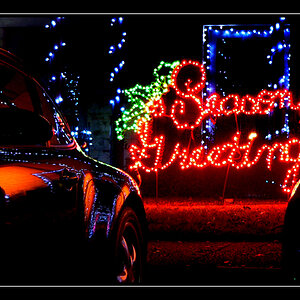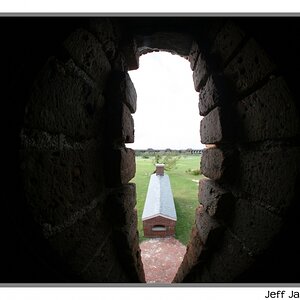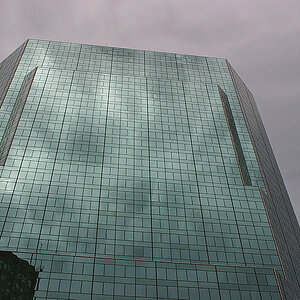squirrels
No longer a newbie, moving up!
- Joined
- Nov 3, 2012
- Messages
- 908
- Reaction score
- 437
- Can others edit my Photos
- Photos OK to edit
So I've been playing with el cheapo extension tubes for a while and picked up a reverse mount ring as well. Now I'd like to understand how the focal length I choose for my lens mounted to the extension tubes is effecting magnification and how reverse mounting fits in. I tried google, but could only find information along the lines of you stick it on your camera and "Bam! Macro!" I want to know enough about how it works to know how much. Can someone point me in the right direction so I don't have to spend a day photographing a ruler in all these permutations?
Thanks!
Squirrels
Thanks!
Squirrels







![[No title]](/data/xfmg/thumbnail/42/42040-7a66cabbeffd44783ea44a91ef4d0e70.jpg?1619739987)




![[No title]](/data/xfmg/thumbnail/38/38262-10a9668da9a2b36a92cddde57caf87bc.jpg?1619738547)
